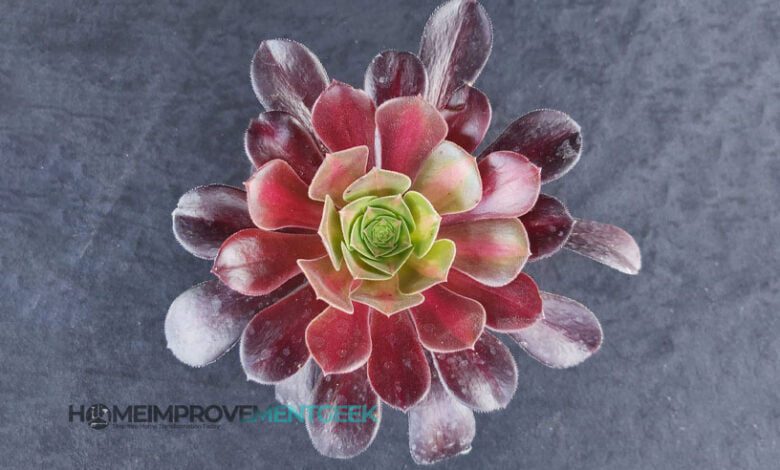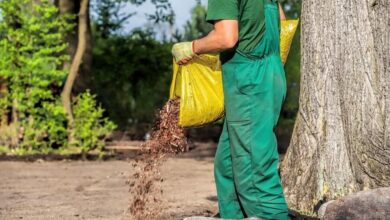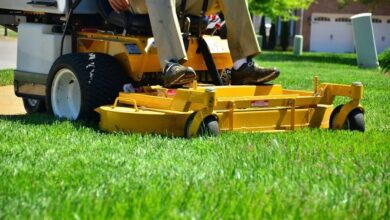10 Golden Rules for Watering Aeonium

Aeonium is a genus of attractive rosette-forming succulents that are prized for their striking foliage colors and unique textures. With proper care, Aeonium can thrive for years, but they are prone to issues like root rot if overwatered.
Understanding the specific watering needs of Aeonium is key to keeping them healthy. Aeoniumprefer soil mixes that drain very quickly and infrequent but deep watering when the soil is partly dry. Paying close attention to signs of overwatering and adjusting your watering technique appropriately will ensure your Aeonium stays happy and colorful for a long time.
What is Aeonium
Aeonium are subtropical succulent plants native to the Canary Islands. Their fleshy, branched foliage grows in rosettes, with newer leaves emerging from the center. The rosettes can grow singly or clustered on short stems. There are roughly 35 species of Aeonium, with some variation in size, leaf shape, and coloration.
Water Needs of Aeonium
- Require very porous, sandy soil mixes that drain quickly
- If overwatered, prone to rotting
- Prefer infrequent but deep watering only when soil is partly dry 1-2 inches deep
- Low humidity and air circulation aid in drying out the soil
- Drought tolerant once established, but extended drought causes foliage loss
Understanding Overwatering Aeonium
Overwatering is the biggest threat to Aeonium health. It leads to fungal rot infections, causing extensive root and stem damage. Without healthy roots and stems transporting water and nutrients, Aeonium decreases rapidly. It is critical to recognize overwatering and take prompt action to dry out an Aeonium’s soil.
What Happens When Overwatered
- The soil remains wet for too long
- Roots unable to access oxygen
- Fungal infections spread quickly on wet roots
- Stems and foliage start rotting
- Vital processes like photosynthesis slowed
- Plants unable to absorb nutrients effectively
- Rapid deterioration in plant health
Underwatering vs. Overwatering
While both inadequate and excessive watering causes issues for Aeonium, overwatering is more serious and harder for the plants to recover from. Here’s a comparison:
Underwatering
- Lower, wrinkled leaves
- Soil completely dries out
- Growth slows
- Loss of lower leaves
Overwatering
- Mushy, discolored leaves
- Soil stays wet
- Rot spreads from roots up
- Sudden plant collapse
Signs of Overwatering in Aeonium
Recognizing the signs of overwatering quickly allows you to take action before significant damage occurs. Plants signal overwatering through changes in:
Foliage Changes
- Leaves turn yellow or translucent
- Mushy, swollen, splitting leaves
- Accelerated leaf drop
- White fungal growth on leaves
- New growth stunted
Physical Structure Changes
- Soft, dark stems
- Hollow, rotting roots
- Rosette collapse
- Foul odor from rotting tissue
Causes of Overwatering
Several common issues can cause overwatering in Aeonium. Avoiding these pitfalls is key:
Excessive Watering Frequency
- Watering too frequently prevents soil from drying out adequately between waterings
- Adjust schedule to allow soil to dry out 1-2 inches deep before re-watering
Heavy Soil Mix
- Dense potting mixes retain moisture for too long
- Use very porous mixes with high sand & perlite content
Pots Without Drainage
- Pots without holes trap moisture leading to wet soil
- Always use containers with adequate drainage holes
Cool Temperatures
- Cool weather slows evaporation, keeping soil wet longer
- Move plants or use heating pads to ensure proper soil drying
High Humidity
- High humidity prevents moisture evaporation from soil
- Use fans to keep air circulating and allow soil drying
Consequences of Overwatering
Leaving an Aeonium’s soil consistently wet has severe detrimental effects:
Root Rot
- Fungal infections rapidly decay wet roots
- Rot spreads to stem and foliage
- Without healthy roots and stems, the plant cannot survive
Nutrient Deficiencies
- Damaged roots cannot take up nutrients effectively
- Deficiencies causes decline in plant health
Pest & Disease Pressure
- Wet conditions promote fungal & bacterial diseases
- Pests like mealybugs thrive on stressed plants
Plant Death
If overwatering persists and rots roots and stem tissue, death of the plant ultimately occurs. Intervening quickly is essential to save overwatered specimens.
Saving Overwatered Aeonium
When overwatering is caught early, taking prompt action can still save the plant:
Step 1 – Stop Watering
Immediately cease all watering to allow soil to dry out. Provide as much heat, sunlight, and airflow as possible to facilitate drying.
Step 2 – Check Roots
Carefully remove from pot and inspect roots & stem for signs of rot. Trim any severely damaged parts.
Step 3 – Repot or Propagate
If roots & stem are still relatively healthy, repot in fast-draining mix. If too much root loss, propagate any healthy leaves & stems.
The key is quick intervention. The longer the roots sit in wet soil, the more damage occurs making recovery very difficult.
Repotting Overwatered Aeonium
When overwatering issues are caught early before extensive root damage, repotting in dry, appropriate soil can save the plant:
Assess Root & Stem Health
Carefully remove plant from pot and trim any obviously rotten roots or stem parts. Healthy tissue should be firm & white.
Choose Fast Draining Soil
Repot in a very porous cactus/succulent mix with 50% or more inorganic material like perlite or pumice. Or mix equal parts potting mix, perlite, and horticultural sand.
Select Container with Drainage
Make sure to use pot with adequate holes to promote drainage and air circulation around roots. Add gravel layer at bottom of pot to prevent soil from washing out.
Avoid Fertilizer Initially
When transitioning to new soil, avoid fertilizers until new healthy root growth has occurred, then fertilize lightly.
Position for Air Flow
Ensure the replanted Aeonium is positioned to receive bright, indirect light and plenty of air movement to prevent moisture buildup on foliage.
Propagating Overwatered Aeonium
If rot and damage to roots and lower stem is too severe, propagating the plant by taking cuttings of still healthy parts is the only way to save the specimen:
Find Firm, Healthy Leaves & Stems
Carefully assess remaining foliage and stems for areas with no discoloration or mushiness. These parts can be propagated successfully.
Allow Cuttings to Callous
Use sharp, sterile shears to detach healthy leaves and stem sections. Allow to dry out for 2-5 days until a protective callous forms over the cuts.
Root in Appropriate Medium
Stick calloused cut end into moistened porous mix designed for propagating succulents and cacti. Perlite, vermiculite, or sand mixes work well.
Maintain Humidity Initially
Cover propagations loosely with plastic wrap or use indoor greenhouse to maintain very high humidity for the first 1-2 weeks until roots establish.
If the entire plant is rotted with no remaining healthy tissue, parts cannot be saved through propagation. Obtaining new plants may be necessary in such severe cases of overwatering damage.
Preventing Overwatering
Implementing best practices tailored to Aeonium’s preferences and monitoring their condition avoids issues with overwatering:
Appropriate Soil Mixes
Use very fast draining cactus/succulent mixes with at least 50% aggregate material like perlite or pumice added. Soil particles should visibly appear very coarse.
Infrequent Deep Watering
Allow soil to dry 1-2 inches deep between thorough waterings rather than frequent light sprinklings. Deep watering encourages roots to grow downwards away from moisture.
Drainage Holes & Trays
Always utilize pots with adequate holes, positioning in trays to catch excess moisture runoff after watering. Avoid outer decorative pots without drainage.
Adjust to Conditions
During cool or humid periods, reduce watering frequency compared to hot, dry weather where soil dries out faster.
Monitor Health Signs
Inspect plants routinely for any early signs of overwatering like yellow lower leaves or softening rosettes indicating excess moisture. React quickly.
Conclusion
Aeonium are gorgeous succulents that enhance any garden, but avoiding overwatering is imperative to maintain their unique colors and textures. Ensure soil drains exceptionally fast, allow drying between infrequent deep waterings, provide heat and airflow, and monitor for early distress signs. Follow these essential practices to enjoy your Aeonium for many years. Implementing preventative methods tailored to these plants saves considerable frustration and disappointment down the line. After all, a thriving vigorous Aeonium specimen easily sparks joy and delight for any plant lover.




